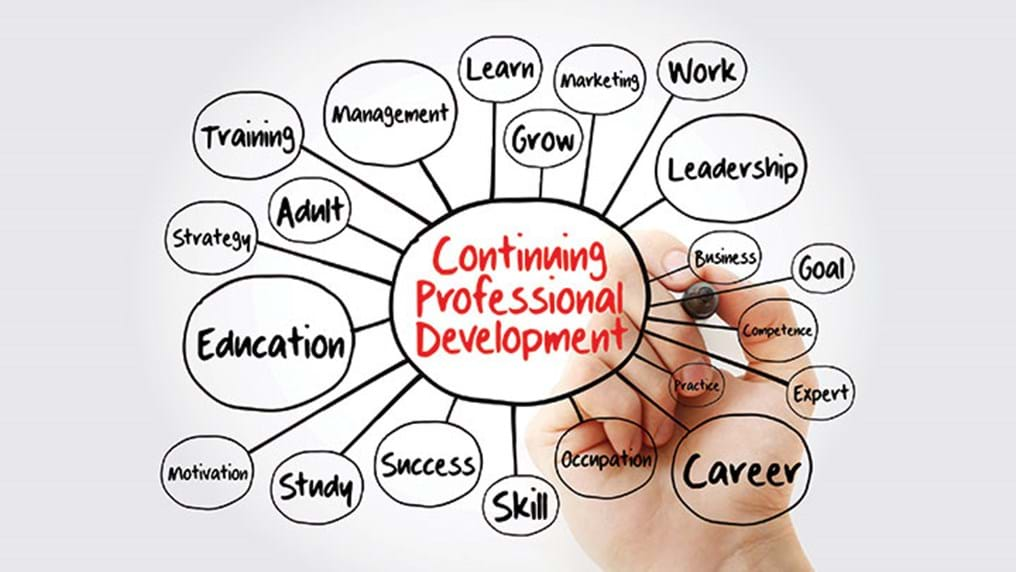GUEST BLOG: Key lessons from CPD sampling

4th May 2020
In today’s guest blog, Chartered Chemical Engineer and IChemE Fellow Richard Cousins, explains a recent member continuing professional development (CPD) sampling exercise undertaken by IChemE.
A member of IChemE’s Professional Formation Forum and a CPD Assessor Panel Lead, he reviews the key lessons from the sampling exercise, and what comes next.
Name: Richard Cousins
Job title and organisation: Senior Process Safety Engineer, BP
IChemE roles: Member of the Professional Formation Forum, and CPD Assessor Panel Lead (until April 2020)
Bio: Following university, I joined BP in a central refining technology role before moving into various operational, project and process engineering roles within its upstream production business. Around four years ago I transferred into a process safety role within the Upstream Engineering Centre specialising in HAZOP/LOPA and Major Accident Hazards.
In 2017, in response to changing regulatory body requirements, IChemE began random sampling of members’ continuing professional development (CPD) records – with members asked to provide evidence of their CPD process and reflection on their recent/future CPD activities.
Since then we have sampled more than 400 members.
We initially limited the numbers we sampled and the grades/registrations examined, but these will be increased over time.
IChemE expects members to have a suitable process in place to manage their CPD, and the CPD activities undertaken should be appropriate to the type and scale of professional work members perform.
In general, IChemE does not set requirements for the type or amount of CPD needed – we trust our members to decide for themselves how much and what type of CPD is needed based on their circumstances. Our CPD sampling verifies that members are fulfilling the obligations of their membership and professional registrations. We apply the same “trust but verify” approach that many members use in their day-to-day work.
Common themes have emerged from our review of feedback given to members sampled in 2019, and we would like to share three:
- Needs identification - An essential step in the CPD cycle is identifying CPD needs for the near and longer term. There are many ways to do this: reviewing the roles and responsibilities for current and future desired jobs; using in-house competency frameworks; or by chatting with mentors and peers. It is helpful to keep notes to refer to later. We found members didn’t always provide details of how they had identified their CPD needs. Good “needs identification” is key to setting clear and appropriate CPD objectives.
- CPD objective setting - These are best set using output from needs identification. CPD objectives state the desired outcome from carrying out CPD. This could be learning a new skill; deepening existing understanding; or applying existing skills/knowledge to new situations. This is often achieved though work activities and meeting business objectives, but it is important to differentiate between the CPD and work/business objectives. In many cases we observed members describing work/business objectives (what they will do) instead of CPD objectives (what they will learn). Having clear CPD objectives supports post-activity review and reflection.
- Reflection - After completing CPD activities, spend time reflecting on what you have done and how. This reflection is different to a review or evaluation (which tends to ask “did I do what I planned?”) but is a time to think about what you have learned, how you learned it, and how you can apply it in the future.
It only takes a few minutes to consider these questions, and to record your thoughts as bullet points. We often learn more or different things than we expected, and it is important to recognise this, as well as considering the way we learned. Everyone will have a different preferred learning style, and thinking about what methods do and don’t work well can help improve future CPD planning.
What’s next?
Following this feedback, there is a series of actions we want to take. These include providing members with more guidance on good practice in planning and carrying out their CPD activities. We aim to publish a CPD Guide for Members in 2021.
Secondly, we want to migrate to a web-based sampling process to make it simpler and easier for members to provide their CPD records. This will enable members to record, submit and receive feedback on their CPD records all within one online portal.
We hope members see the value in this work. These changes will help to raise the standard of CPD across the profession and therefore the value of chemical engineers to society. Furthermore, providing members with the tools and knowledge to best conduct their CPD will increase its value to members and boost their careers.
This article also appeared in the latest issue of The Chemical Engineer.